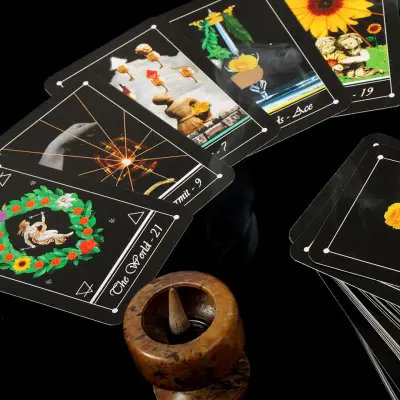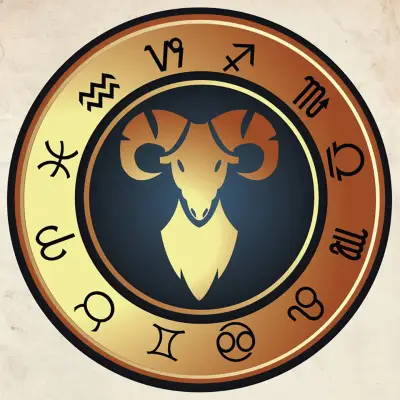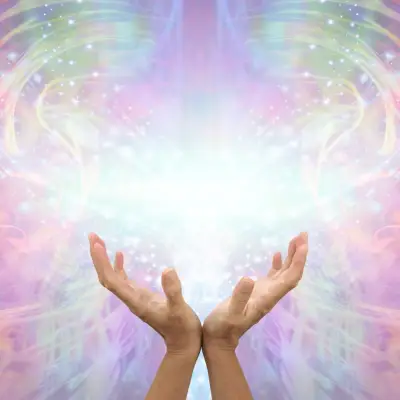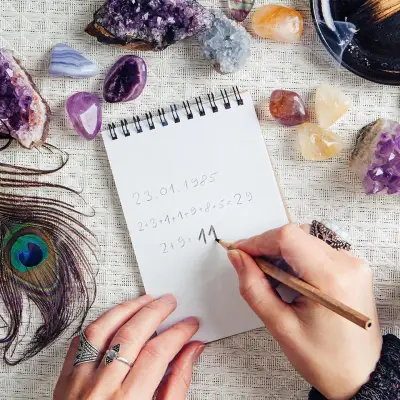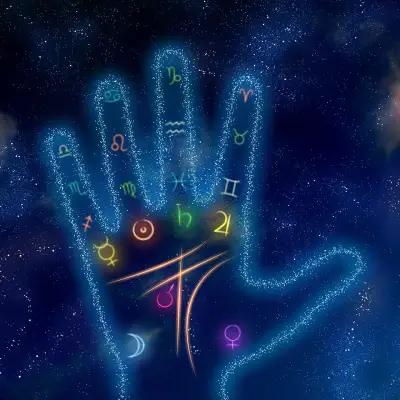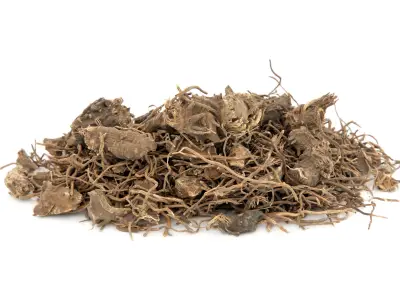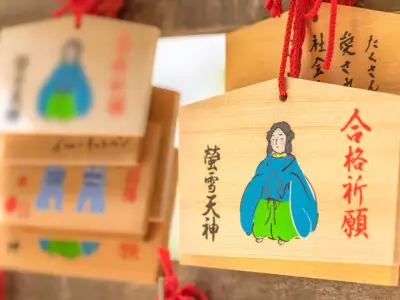Have you ever wondered about the enchanting and mysterious creatures known as mermaids? These mythical beings have captured the human imagination for centuries. In this blog post, we'll dive into the magical world of mermaids, exploring their history, myths, and the fascinating stories surrounding them.
Jump to:
- What are Mermaids in Folklore?
- Who Saw the First Mermaid?
- Did Mermaids Originate in Africa?
- What Animal Was Mistaken for a Mermaid?
- Mermaids in Greek Mythology
- Mermaids in Nigerian Mythology
- Mermaids in Celtic Mythology
- Mermaids in Caribbean Folklore
- Mermaids in Eastern European Folklore
- Japanese Mermaid Lore
- Mermaids in Indigenous Australian Stories
- Characteristics of Mermaids
- Mermaids in Modern Culture
- Study Mermaids for £29
What are Mermaids in Folklore?
In folklore, mermaids are mythical creatures with the upper body of a human and the tail of a fish. They’re known for their beauty and enchanting voices, appearing in the legends of many cultures across the globe. Often associated with both compassionate and malicious actions, mermaids are said to lure sailors with their songs, protect waterways, or even foretell the future. Their enduring charm lies in their embodiment of the mystery and power of the sea, bridging the human world with the unknown depths of the ocean.
Recommended for you!
Best SellersWho Saw the First Mermaid?
The first recorded mermaid sighting was by the ancient Assyrians. They worshipped a goddess who transformed herself into a mermaid out of despair. Since then, countless claims of mermaid sightings have been made, including famous explorers like Christopher Columbus.
Did Mermaids Originate in Africa?
African folklore speaks of mermaid-like creatures. For example, the Mami Wata spirits are central to African and diaspora folklore, often associated with water, wealth, and beauty.
What Animal Was Mistaken for a Mermaid?
Often, what sailors thought were mermaids turned out to be manatees or dugongs. With their human-like eyes and spinal structure, these marine mammals could have been easily mistaken for mermaids by weary sailors.
Mermaids in Mythology
There are many accounts of mermaid sightings in ancient myths around the world:
Mermaids in Greek Mythology
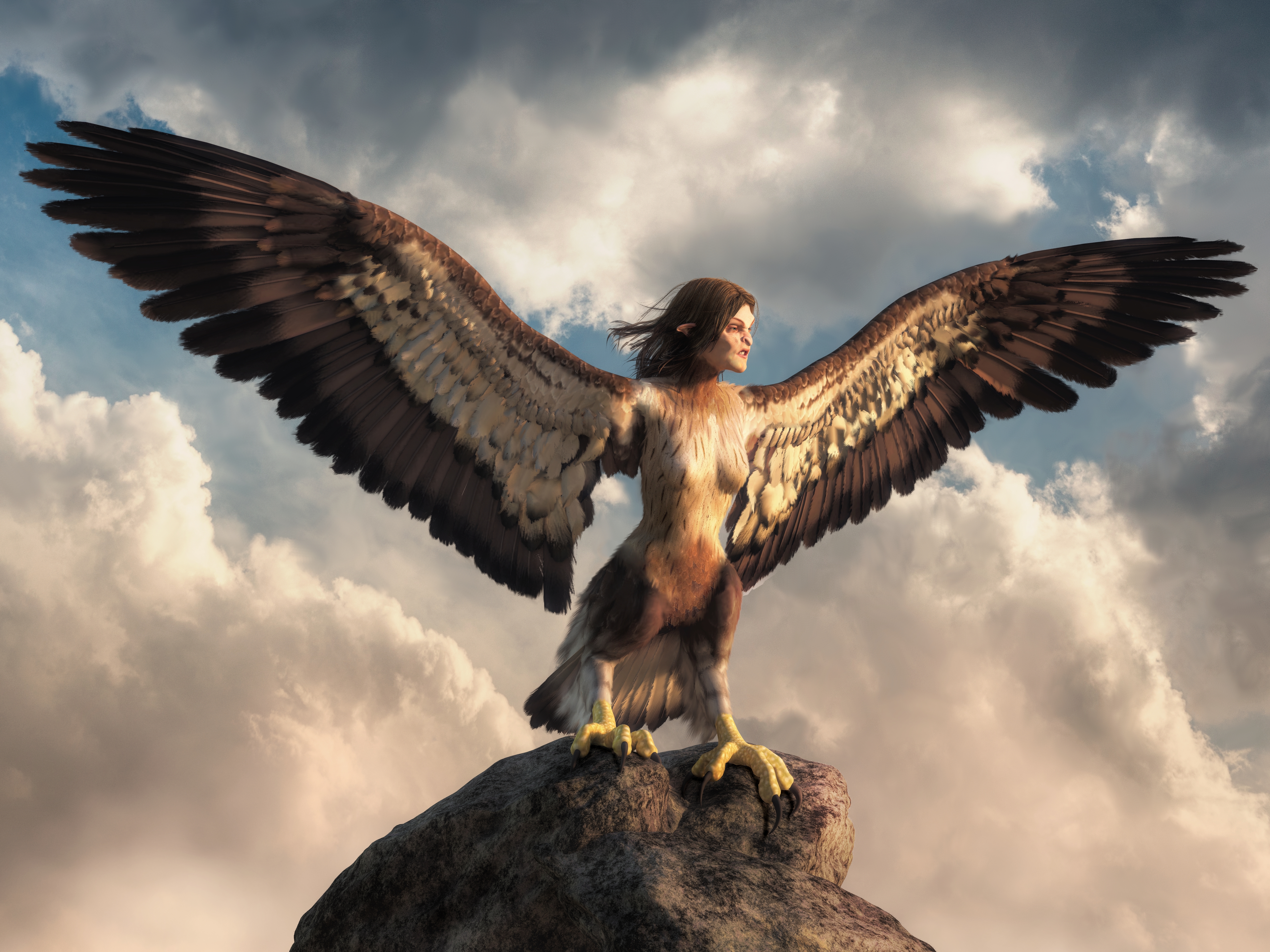
In Greek mythology, mermaids were known as sirens. These mythical creatures are a blend of allure and danger, a far cry from the gentler image of mermaids in other cultures.
Unlike the traditional half-human, half-fish depiction, Greek sirens were often portrayed as beings with a combination of human and bird features. They possessed women's heads and birds' bodies, complete with feathers and wings. This imagery symbolises a blend of the earthly and the divine, a concept deeply rooted in Greek mythological storytelling.
Sirens in Greek mythology were infamous for their captivating and melodious voices. They used their enchanting songs to lure sailors and voyagers. These melodies were irresistible, drawing sailors towards treacherous rocks and inevitable doom. The power of their voices was such that no human could resist their call, leading to many tales of shipwrecks and lost lives.
The sirens symbolised temptation and the dangers that come with it. Their songs can be interpreted as a metaphor for the seductive nature of desires and ambitions that can lead you astray from your safe path. In this context, the sirens' songs represented the alluring call of something that seems beautiful and desirable yet is ultimately destructive.
Famous Greek heroes, such as Odysseus from Homer's "Odyssey," encountered these mythical beings. Odysseus forewarned about the sirens’ deadly allure and instructed his crew to plug their ears with wax and tie him to the mast of his ship. He could listen to their song safely, outsmarting the sirens without succumbing to their spell.
The tale of the sirens has left a lasting impression on art and literature. In many ways, the Greek sirens set the foundation for how mermaids and similar creatures were perceived in later cultures, embodying a complex blend of beauty, danger, and mystery that continues to fascinate us to this day.
Mermaids in Nigerian Mythology

In Nigerian mythology, the Osun River is said to be home to a powerful water spirit. The spirit is depicted as a mermaid-like entity, embodying beauty, grace, and power. She is often described as having a human upper body and a fish-like lower body, symbolising fertility, prosperity, and the sustaining force of water.
The Osun-Osogbo sacred grove, a dense forest along the banks of the Osun River, is a place of immense spiritual significance. It is considered the home of the Osun River spirit. This sacred grove is a site of annual festivals and rituals, where thousands gather to pay homage, make offerings, and seek blessings from the water spirit. The festival is a vibrant display of culture, music, and art, deeply rooted in the traditions and beliefs of the Yoruba people.
In Yoruba culture, the Osun River spirit symbolises womanhood, fertility, and creation. She is often summoned in prayers for childbearing, prosperity, and protection. The spirit is also seen as a guardian of wisdom and a guide for spiritual journeys, offering insight and enlightenment to those who seek her.
The influence of the Osun River spirit extends beyond Nigeria, resonating with people worldwide. She embodies the connection between nature and humanity, reminding us of the delicate balance and harmony. This Nigerian mermaid-like figure represents a unique blend of the mystical and the natural, an embodiment of the enduring power of mythology in shaping our understanding of the world around us.
Mermaids in Celtic Mythology
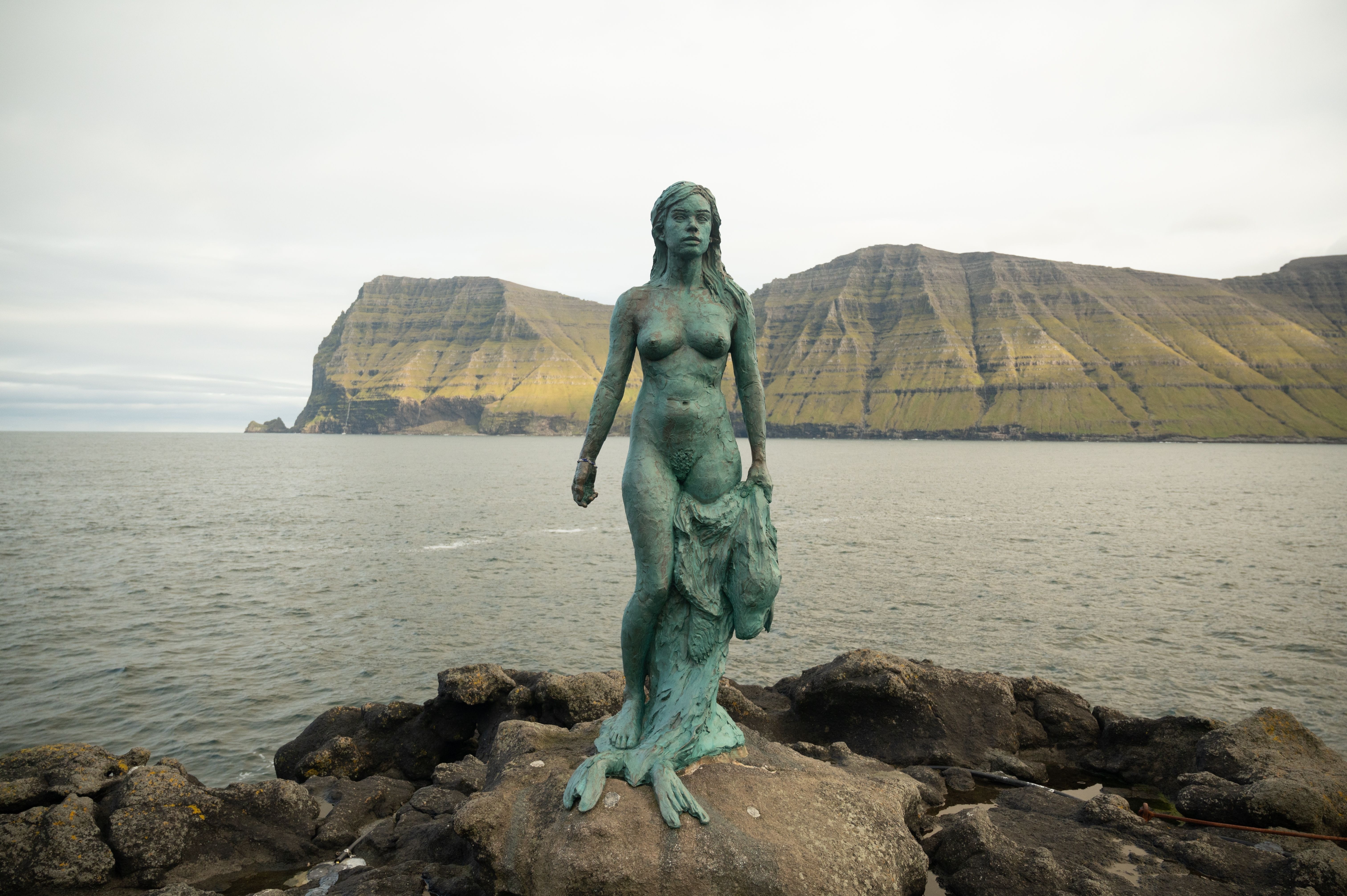
Celtic mythology, particularly from Irish, Scottish, and Welsh traditions, is rich in stories of mermaids. Known as 'selkies' or 'sirens', these creatures are often depicted as beautiful women who can transform into seals.
In Scotland and Ireland's coastal and island communities, selkies hold a special place in local lore. These beings are not typical mermaids; they’re magical creatures that live as seals in the sea but shed their skin to become human on land. Selkie stories are often romantic and tragic, involving selkies falling in love with humans and the complexities that arise from their dual lives.
One popular tale tells of a fisherman who steals a selkie’s seal skin while she basks on the shore. Without her skin, she cannot return to the sea and is compelled to become his wife. Although they may have lived together for years and had children, the story often ends with the selkie finding her hidden seal skin and returning to the sea, drawn irresistibly back to her true nature.
Selkie myths are rich in symbolism. They often explore themes of freedom, identity, and the longing for a true home. The transformative nature of the selkies speaks to the fluid boundary between the human and natural world and the idea that there is more to everyone than meets the eye. These stories also reflect a deep respect and understanding of the sea, which is integral to the survival and culture of the Celtic coastal communities.
In Welsh folklore, mermaids take on a slightly different aspect. Known as 'morgens' or 'morwynion', these mermaid figures are known for their beauty and enchantment. Welsh mermaid stories sometimes involve warnings or prophecies, revealing a more mystical and oracular aspect of these sea beings.
What sets Celtic mermaids apart from other cultural depictions is their portrayal as gentle, mysterious, and deeply connected with the natural world. They are often seen as guardians of the sea and its creatures, embodying the Celtic reverence for nature and the belief in the sacredness of all life forms.
Celtic mermaid and selkie stories continue to capture the imagination, appearing in modern literature, films, and music. Their enduring appeal lies in their magical, transformative nature and the exploration of themes like freedom, belonging, and the duality of existence. In these tales, the sea becomes a metaphor for the unknown, the subconscious, and the untamed forces of nature and emotion.
Mermaids in Caribbean Folklore
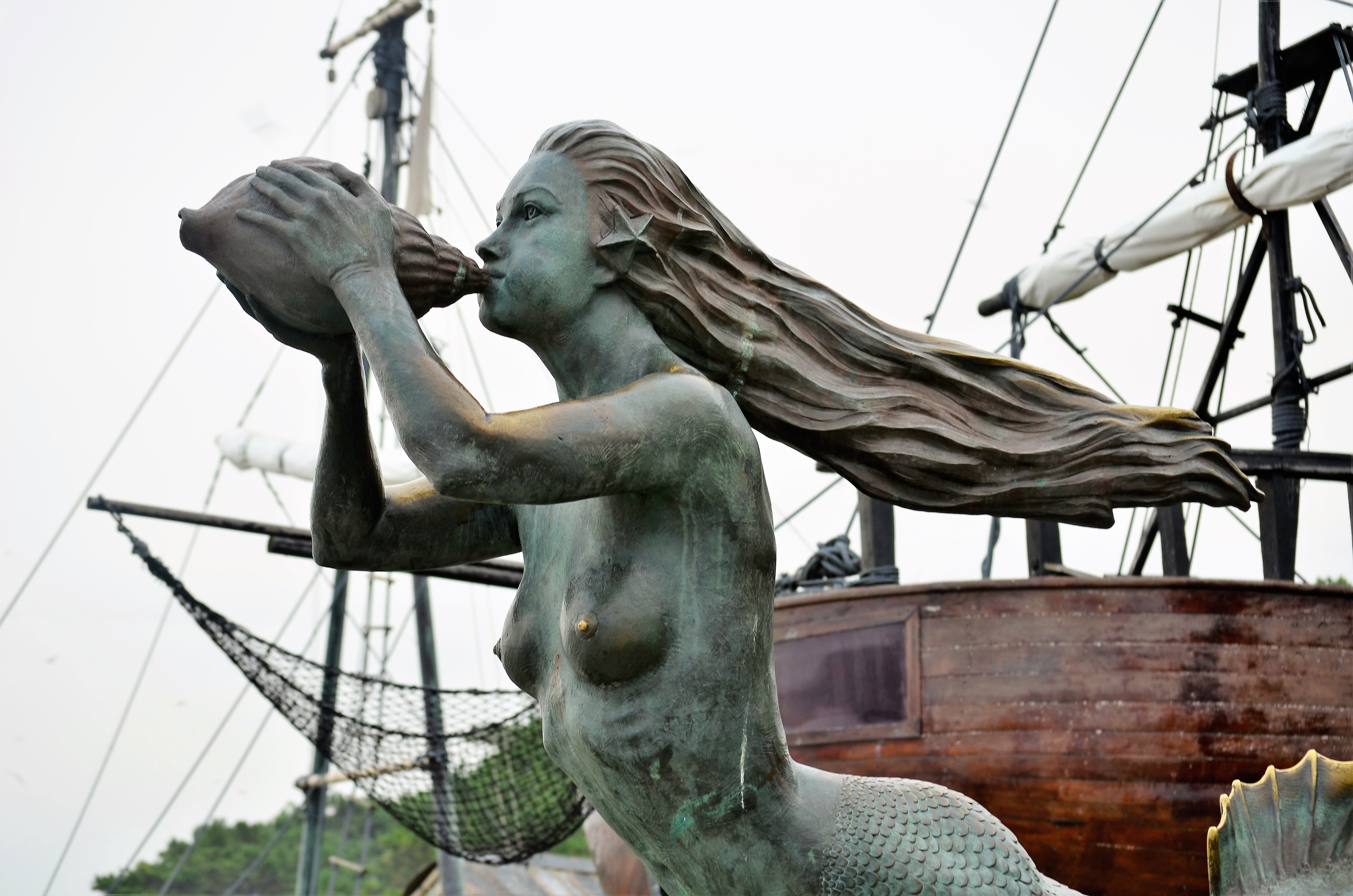
In the Caribbean, mermaid myths blend African, European, and indigenous influences. La Sirene, the mermaid deity in Haitian Vodou, stands out with her mesmerising beauty and formidable power. She is a loa, or spirit, in the Vodou religion. As the mistress of the sea, she commands all aquatic life and is admired for her connection to the ocean's watery depths, a realm full of mystery and untold riches.
La Sirene is often associated with wealth, prosperity, and luxury. She is believed to possess unparalleled beauty and is adorned with the finest jewels and treasures of the sea. Her connection with wealth is also spiritual, encompassing the depths of knowledge and the hidden mysteries of the world.
Like many mermaids in global mythologies, La Sirene exhibits a dual nature. She can be generous, bestowing blessings and knowledge upon her devotees. However, she can also display a more unpredictable side, symbolising the dangerous nature of the sea. Her dual nature reflects the reality of the ocean – a source of sustenance and life, yet capable of great destruction.
In Vodou practice, La Sirene is honoured through rituals and ceremonies. Devotees offer her gifts and perform songs and dances to gain her favour. She is known to possess her followers during rituals, communicating messages and bestowing her blessings upon them.
Beyond Haitian Vodou, mermaid figures appear throughout the Caribbean, influenced by African and indigenous beliefs blended with European folklore. These mermaids are often guardians of the sea, overseeing the marine life and sometimes interacting with fishermen and sailors, guiding or warning them.
The mermaid myths of the Caribbean, especially the story of La Sirene, highlight the region's rich cultural diversity and the deep connection of its people with the sea. They serve as a reminder of the region’s history, the mingling of cultures, and the enduring power of myth and legend in understanding the world.
Mermaids in Eastern European Folklore
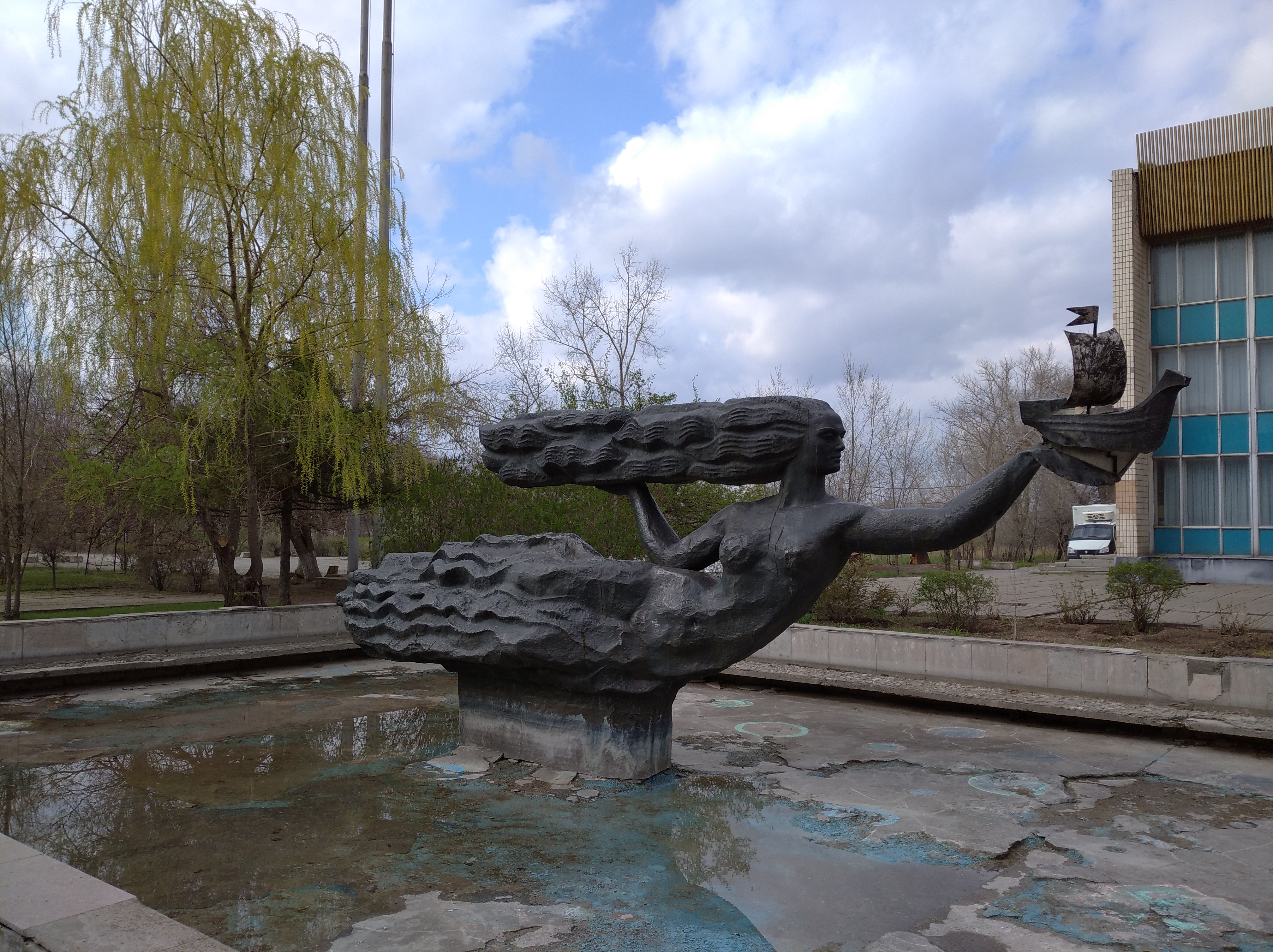
Eastern European folklore, particularly within Slavic and Baltic cultures, presents a captivating variant of mermaid mythology through the figure of the 'rusalka.' These mythical beings are deeply ingrained in the region's folklore, offering a unique perspective on the mermaid legend.
In Slavic mythology, a rusalka is a spirit or entity associated with water bodies like lakes, rivers, and streams. Unlike the ocean-dwelling mermaids of other cultures, rusalki (plural for rusalka) are tied to the freshwater domains of Eastern Europe. They are often described as ethereal, with a ghostly beauty haunting the waters where they reside.
Rusalki are traditionally perceived as the souls of young women who suffered untimely or unnatural deaths, particularly through drowning or a violent tragedy. This backstory adds a layer of melancholy and depth to their myth, as they are often seen as victims of circumstance, turned into otherworldly beings.
While rusalki can be alluring, they are also known for their dangerous qualities. They are often depicted in folklore as luring young men with their beauty and enchanting songs, only to lead them to a watery demise. This aspect of their legend symbolises the unpredictable nature of water and the idea of unresolved spirits seeking vengeance or company in their loneliness.
Rusalki play a significant role in Eastern European folk traditions, especially in rituals and festivals. One such tradition is the 'Rusalka Week' in early June, where villagers perform rituals to appease the rusalki, whom they believe become particularly active and potentially dangerous during this time. This week is marked by various customs, including decorating homes with birch branches and flowers to protect against the spirits and offering eggs and ribbons as gifts to the rusalki.
The Rusalka myth is rich in symbolism, often interpreted as reflecting fertility and nature's cycles. Rusalki were sometimes seen as guardians of the natural world, with their active periods corresponding to the fertility of the land and waters. On the other hand, their more sinister aspects could represent the dangers hidden beneath the beauty of nature.
The image of the rusalka has permeated various forms of art, literature, and music in Eastern Europe and beyond. These tales have evolved, with some modern interpretations portraying Rusalki in a more sympathetic light, as misunderstood beings caught between two worlds.
Japanese Mermaid Lore
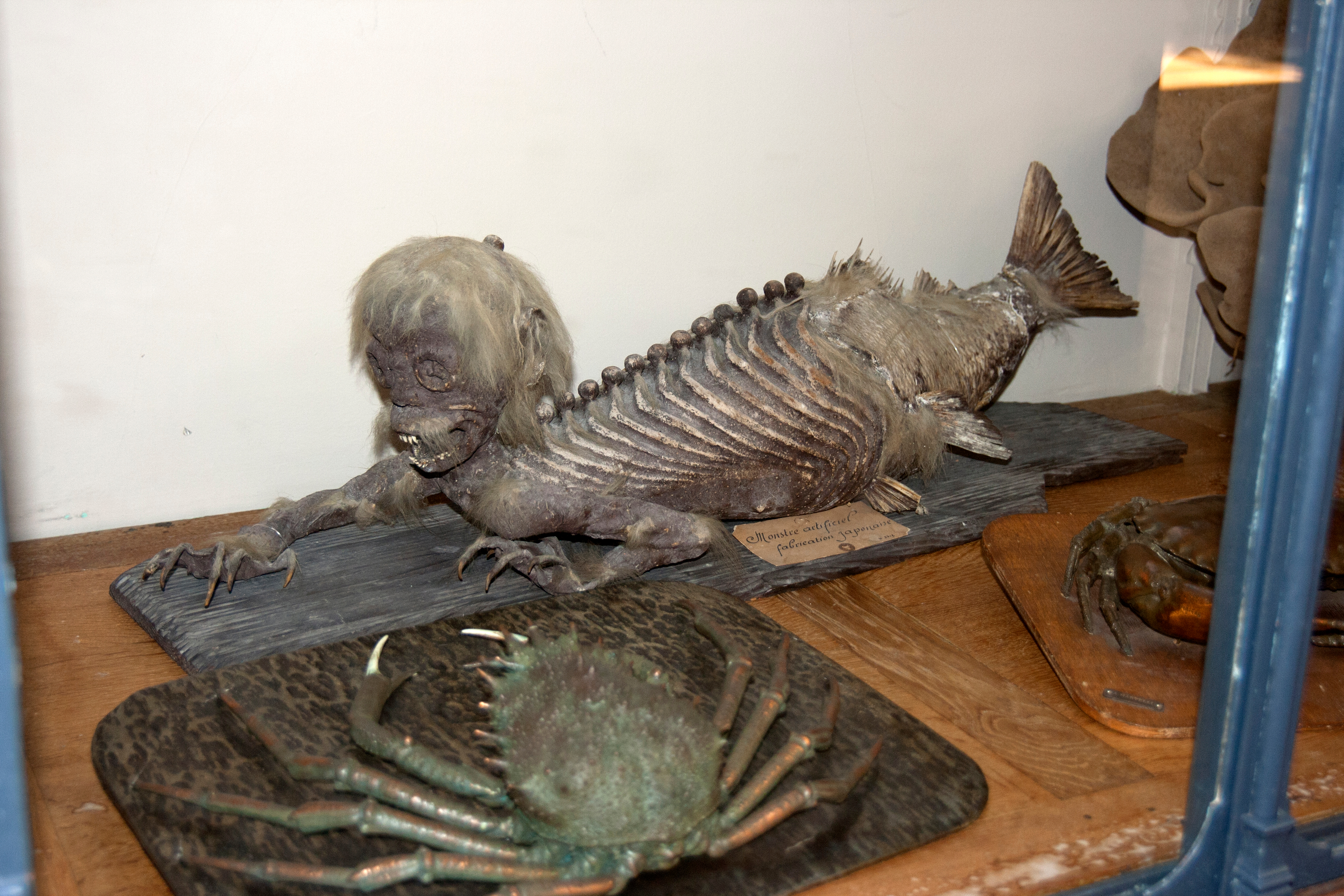
Japanese folklore offers a unique perspective on mermaid myths with the 'ningyo,' a creature quite distinct from its Western counterparts. The depiction and symbolism of the ningyo in Japanese culture are rich and complex, blending the mystical with the moral.
In contrast to the alluring mermaids of Western lore, the ningyo is often portrayed with a less conventionally attractive appearance. These creatures typically have a human-like face, sometimes described as resembling a monkey, and a fish-like body, complete with scales and a tail. Their mouths are adorned with small, fish-like teeth, and their voices are said to sound like a flute or a lyre.
One of the most striking aspects of the ningyo is its association with good luck and longevity. Capturing or consuming a ningyo is believed to grant eternal youth and an extraordinarily long life. However, this comes with a caveat – it's also thought that harming a ningyo could bring storms, misfortune, and disaster to entire communities.
Japanese tales and folklore featuring the ningyo often carry moral lessons. One famous story is that of the 'Happyaku Bikuni' or the 'Eight-Hundred-Year-Old Buddhist Priestess.' According to legend, a young girl inadvertently consumes a ningyo's flesh and gains immortality. She lives for hundreds of years, watching her loved ones age and pass away, eventually becoming a Buddhist nun and seeking peace in her eternal life.
In Japanese culture, the ningyo symbolises the mysterious and vast nature of the ocean. They are celebrated in various forms, including art, literature, and festivals. The 'Kawaraban', a type of Japanese newspaper from the Edo period, often features illustrations of ningyo, reflecting their significance in popular culture.
The belief in ningyo has influenced various customs and superstitions in Japan. Fishermen would perform certain rituals or prayers before going to sea, partly to appease these sea creatures. The idea of the ningyo also plays into broader themes in Japanese folklore, such as transformation, the supernatural, and the connection between the human and aquatic worlds.
Mermaids in Indigenous Australian Stories
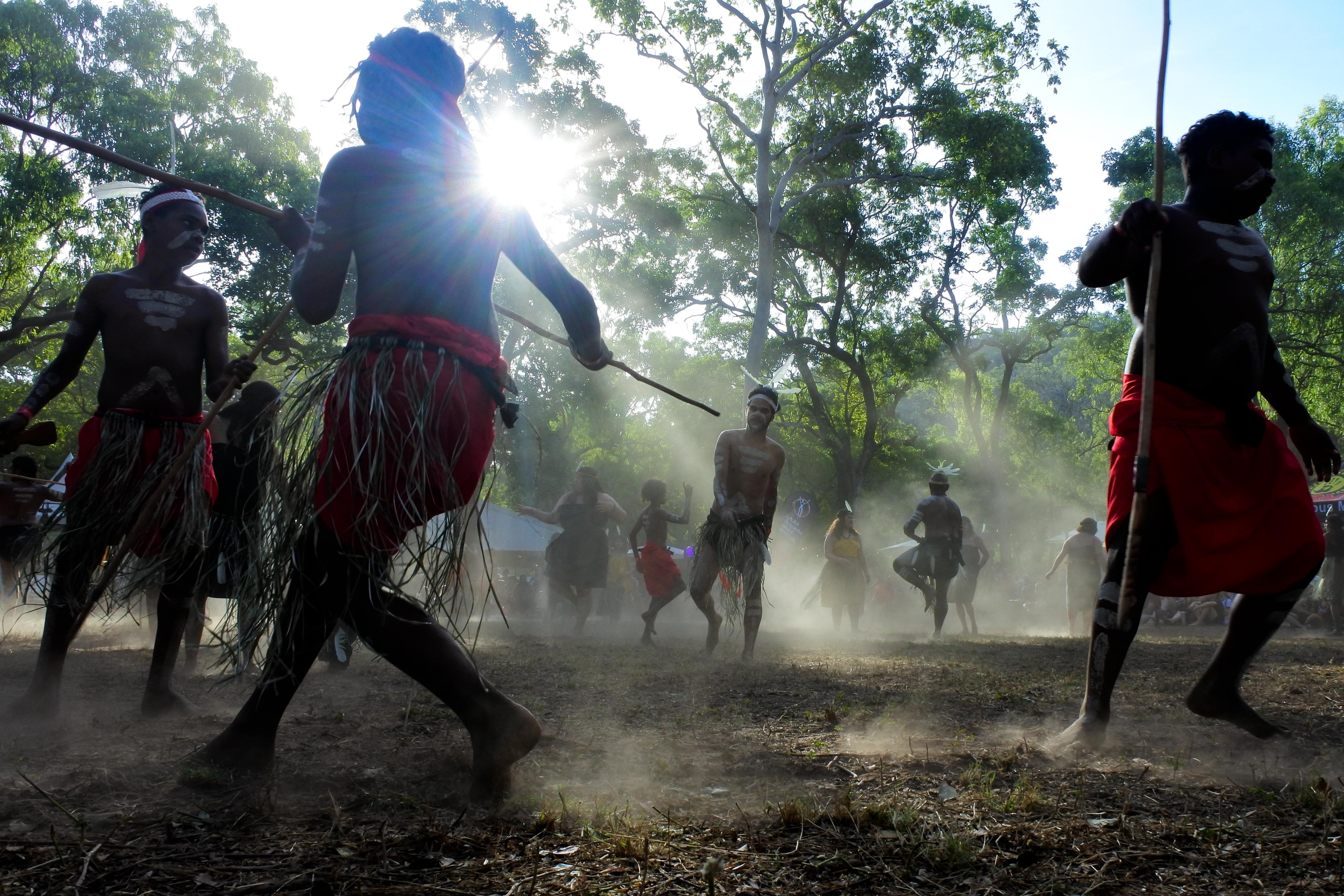
Indigenous Australian folklore is deeply connected to the land and its natural features, including water bodies. Within these rich traditions are stories of mermaid-like creatures that hold significant roles in the spiritual and natural world, often linked to the Dreamtime – the foundational mythology explaining the creation and shaping of the world.
In Aboriginal mythology, the Dreamtime is a sacred era in which ancestral beings moved across the earth, creating the landscape, establishing the law, and laying down cultural customs. Mermaid-like figures in these stories are often seen as part of this creation process. They are depicted as powerful spiritual entities that shape and protect the waterways.
These mermaid figures are typically seen as guardians of rivers, lakes, and oceans. They are entrusted with the wellbeing of the water and the life it sustains. In many stories, they are responsible for the abundance of water and the fertility of the areas they inhabit. Their role as protectors makes them respected figures within Aboriginal culture.
Unlike the typical mermaid imagery of Western folklore, Indigenous Australian mermaids may not always conform to the half-human, half-fish depiction. Their form can vary, often reflecting the diverse environments and the rich tapestry of beliefs across Aboriginal cultures. However, their connection to water is a consistent theme.
These mermaid-like beings feature prominently in Aboriginal art, including paintings, carvings, sculptures, and stories. These stories are part of a larger narrative that teaches about respect for nature, the importance of water, and the interconnectedness of life. The mermaid figures in these stories embody the deep spiritual connection that Indigenous Australians have with the land and its natural resources. They serve as a reminder of the need to live in harmony with the environment and respect the sacredness of water.
Characteristics of Mermaids
What Do Mermaids Look Like?
Mermaids are often depicted as half-human, half-fish creatures. They usually have long flowing hair, a fish tail, and a mesmerising voice. However, their appearance varies across cultures. Some are beautiful and seductive, while others are more fearsome and wild.
How Do Mermaids Reproduce?
Mermaid reproduction is a topic shrouded in mystery in folklore. Some stories suggest they mate with humans or other mermaids, while others leave this aspect of their lives to the imagination.
Are Mermaids Dangerous?
The nature of mermaids varies greatly in mythologies. While some are compassionate, offering guidance or gifts, others are depicted as dangerous, luring sailors to their deaths.
Recommended for you!
Best SellersMermaids in Modern Culture
Mermaid Myths and Legends Today
Today, mermaids continue to be a popular subject in movies, books, and art. They symbolise freedom, mystery, and the connection between land and sea. Despite being mythical, many people still believe in the existence of mermaids. The allure of these mystical creatures continues to spark curiosity and wonder.
Study Mermaids for £29
If you’re intrigued by the captivating tales of mermaids worldwide, join our Mermaids and Mermaid Energy Diploma Course. This fascinating course delves into mermaid mythology, uncovering the historical significance of these enchanting sea beings. We're excited to offer this course at a special discounted rate of just £29.

